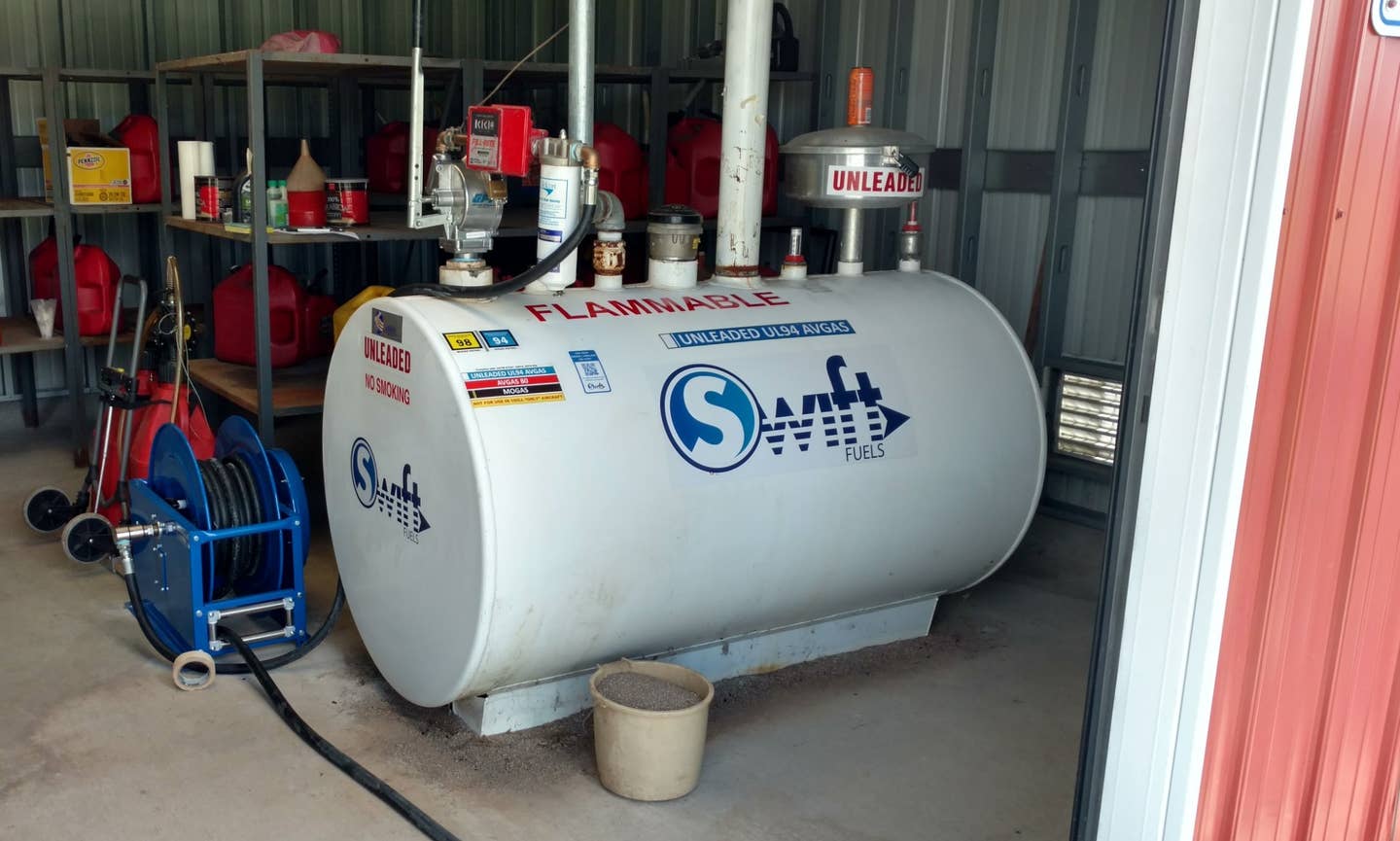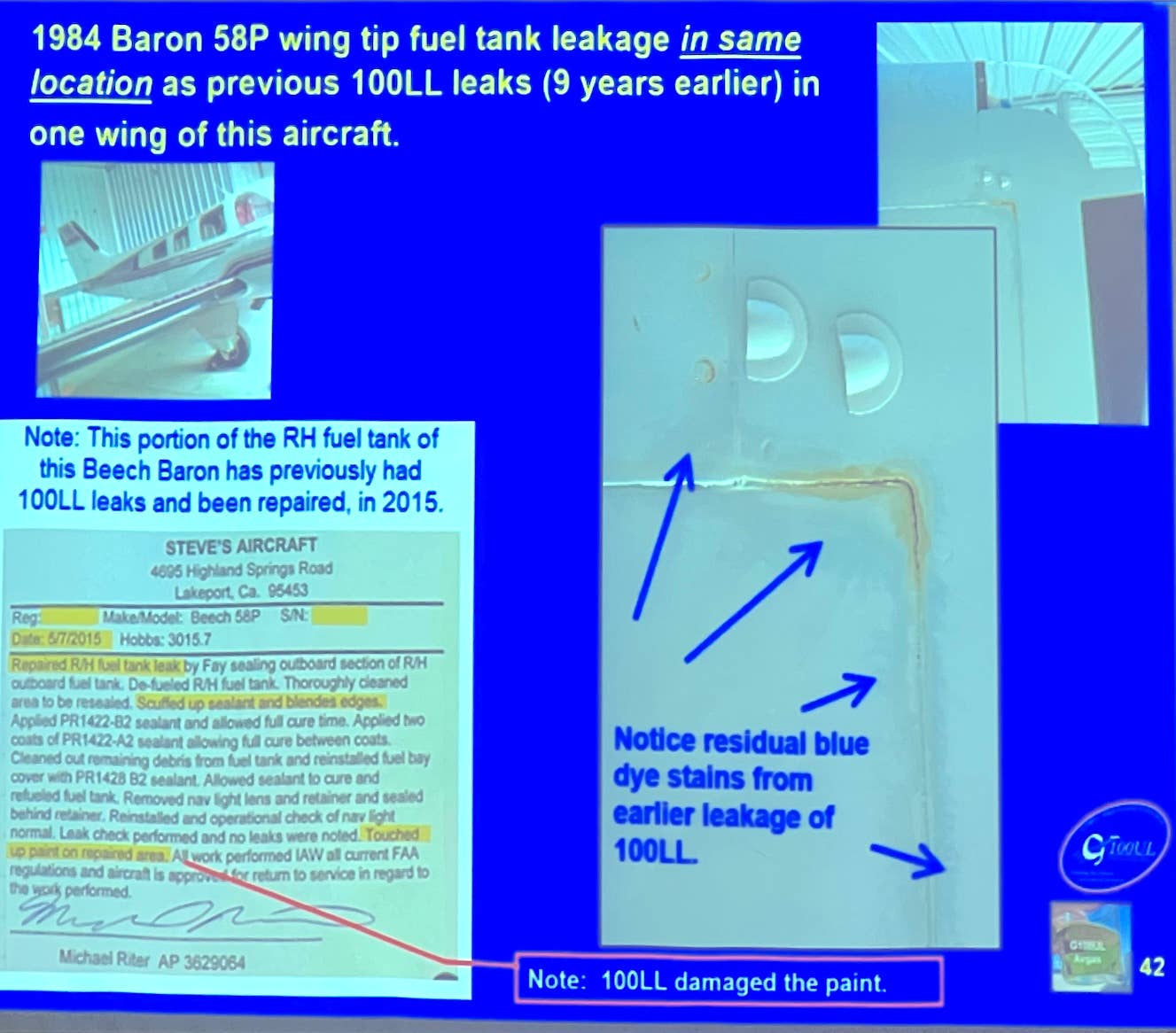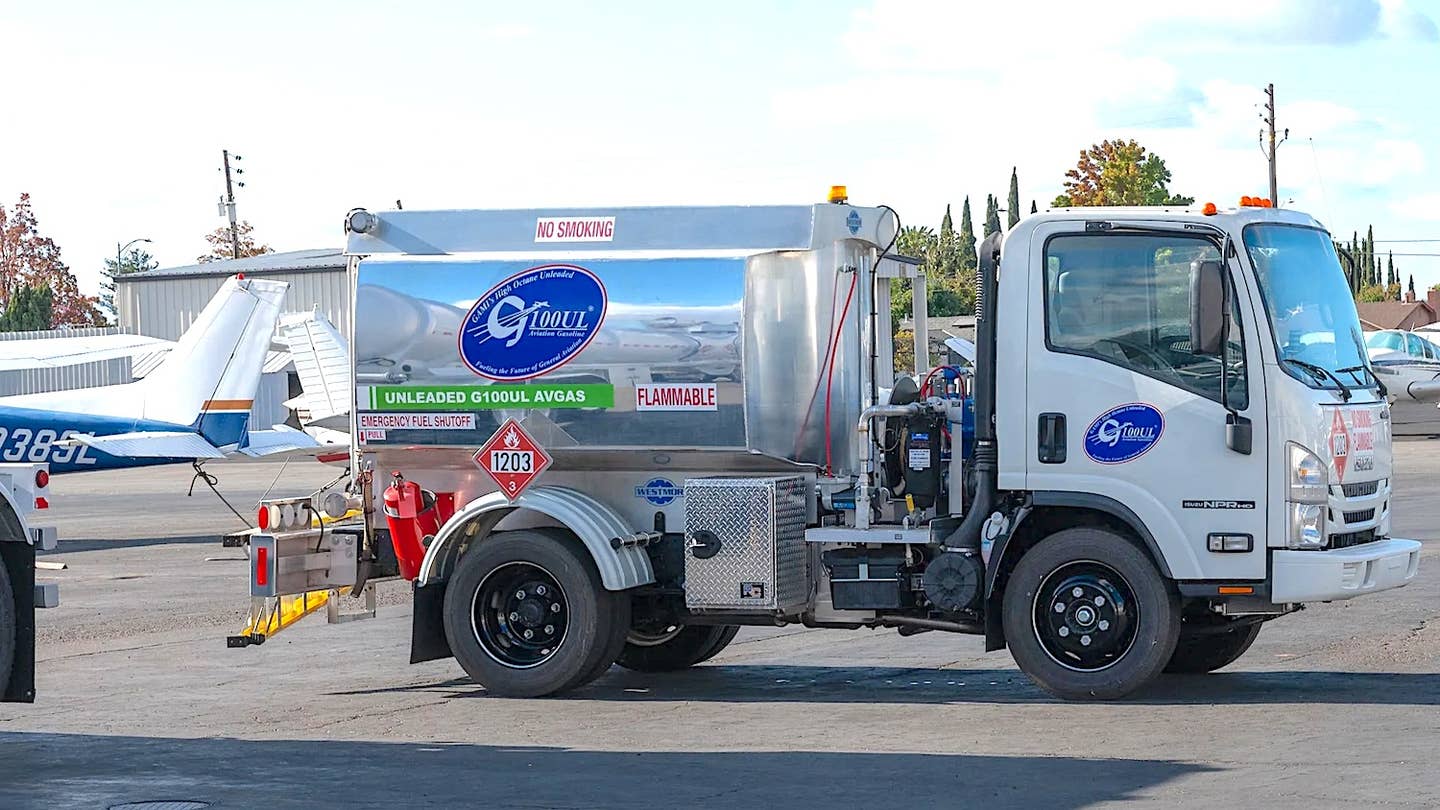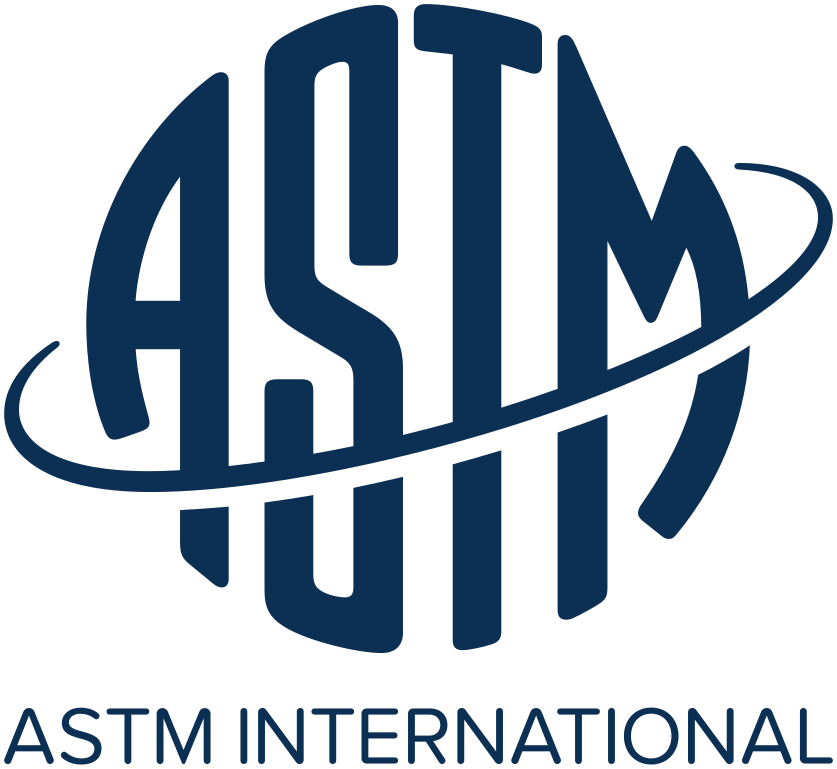Do You Really Want a Twin?
AVweb editor Mike Busch takes a long hard look at the truth about moving up from a high-performance single to a twin-engine aircraft. A brutally frank discussion of the minuses as well as the plusses of twin ownership, based on Mike’s own nine-year experience owning and caring for his 1979 Cessna T310R.

 It's only human nature. There you are, looking through the Bonanza or Cessna 210 or Mooneyads in Trade-A-Plane to check out how much your retractable single has appreciated-or maybe to find out what it would cost to trade up from your fixed-gear bird. Suddenly,without warning, your eyes are drawn down the page by a mysterious force field and arecaptured by the Aerostar or Baron or Cessna 310 section.
It's only human nature. There you are, looking through the Bonanza or Cessna 210 or Mooneyads in Trade-A-Plane to check out how much your retractable single has appreciated-or maybe to find out what it would cost to trade up from your fixed-gear bird. Suddenly,without warning, your eyes are drawn down the page by a mysterious force field and arecaptured by the Aerostar or Baron or Cessna 310 section.
You scan through some of the twin ads and it suddenly dawns on you: hey, these twinsare selling for a lot less than I would have guessed. In fact, for the price of a cleanearly-80s-vintage A36 or 210, you can buy a nice mid-time late-70s Cessna 310 or even anearly-70s pressurized cabin-class Cessna 340. And you get to thinking "Gee, I couldbe flying a twin!"
 That's exactly what happened to me in 1987. I was in the market to buy a nice late-modelT210 and looking through T-A-P when my eyes strayed south. Before I returned to mysenses, I found myself the owner of a 1979 Cessna T310R. And I've spent the last nineyears learning about the pros and cons of twin ownership.
That's exactly what happened to me in 1987. I was in the market to buy a nice late-modelT210 and looking through T-A-P when my eyes strayed south. Before I returned to mysenses, I found myself the owner of a 1979 Cessna T310R. And I've spent the last nineyears learning about the pros and cons of twin ownership.
These days, I find myself talking to lots of pilots asking for advice about buyingtheir first twin Cessna. And I counsel most of them to think very carefully before takingthe leap into twin ownership.
Don't get me wrong. My T310R has been a wonderful aircraft. It has been very reliable,a great traveling machine, and has treated me very well indeed. It also has appreciatednicely since I bought it. But I've learned a lot about twin ownership since then, and ithasn't all turned out exactly as I anticipated. Frankly, if I were shopping for anaircraft today, I'm not sure it would be a twin.
Bigger and Faster?
One thing I learned pretty quickly is that if you want to go fast, adding a secondengine is not a good way to do it.
My friend John Frank is executive director of the Cessna Pilots Association. John and Itravel together quite often to teach seminars in various parts of the U.S. Sometimes wetake John's T210 and sometimes we take my T310R. There's no appreciable difference intravel time.
According to book figures, my twin is about 10 knots faster than John's single. But Irecall the time a few years ago that John and I flew both of our airplanes from Cincinnatito Wichita, a trip of about 650 NM and 3.5 hours. John took off from Cinti just a coupleof minutes before me, but I didn't catch him until we were about 10 minutes from touchdownat Wichita.
The big difference revealed itself when we both refueled at Wichita. John's fuel tabwas about $120; mine was over $200.
The 310 looks like a much bigger aircraft than the 210. Max gross is about 2,000 poundsmore: 5,500 versus 3,500 pounds. But this can be deceiving. Useful load is only 400 lbs.more-1,600 versus 1,200 pounds-and on long legs that difference is fully consumed by theadditional fuel the twin needs to carry.
The 310's cabin is considerably more spacious than the 210's, about 8 inches wider, andoffers capacious space for baggage in its wing lockers and its huge 21 cubic foot nosebaggage compartment. But on long trips (the kind I fly a lot) there's hardly any practicaldifference in load carrying ability or speed.
The same holds true for most light twins: Aero Commanders, Aerostars, Aztecs, Barons,and Cessna 320s, 340s, and 414s. If you want to haul appreciably more load than a Cessna210 can carry for any significant distance, you'd need to look at a big heavy twin likethe Cessna 402 or 421 or Piper Navajo.
It is not far from the truth to say that the principal role of a light twin's secondengine is to overcome its own drag and to carry its own weight and the weight of theadditional fuel it requires!
Are Twins Safer?
The question of whether twins are really any safer than singles is guaranteed totrigger a vigorous debate in any group of pilots. I recently finished editing a Cessna 310safety review for the AOPA Air Safety Foundation. In the course of this project, I took anin-depth look at the safety record of the Cessna 310 and a group of comparable aircraft(Aerostar, Aztec, Baron, Commander, Crusader) during the eleven year period from 1982through 1992. Some interesting statistics emerged from this study.
The overall accident rates of high-performance singles (like Bonanzas or 210s orMooneys) and light twins (like Aerostars or Barons or Commanders or Cessna 310s) areastonishingly close. Twins have a slightly higher accident rate per 100 aircraft and aslightly lower accident rate per 100,000 hours, but for all practical purposes theaccident rates are the same. The same is true if you consider only "serious"accidents that involve death, serious injury, or substantial damage. For bothhigh-performance singles and light twins, approximately one-third of all accidents areclassified as serious.
For both singles and twins, roughly three-quarters of all accidents are classified as"pilot caused". While weather-related accidents dwarf all other pilot causes inthe single-engine accident data, the pattern for twins seems to be significantlydifferent. Weather is still the leading cause of pilot-caused twin accidents, but avariety of other non-weather-related causes are quite significant: botched takeoffs andlandings, controlled flight into terrain, improper IFR procedures, fuel exhaustion, andgear-up landings, just to name a few.
About one-fourth of all accidents are classified as "machine caused" for bothsingles and twins. Only a small fraction of those are engine-failure accidents. But it'sinteresting to look at the impact of that second engine on engine-failure accidentstatistics.
For the group of light twins we looked at, mechanical failures of the engine orpropeller were responsible for One about 3% of all accidents. Breaking that down, 15.3% ofall accidents were due to mechanical failures, and 20.8% of those involved the engine orpropeller.
In contrast, roughly 8% of all accidents in high-performance singles were attributed toengine or propeller failure: 17% of accidents were mechanicals, but nearly 50% of thoseinvolved the engine or prop.
The statistics showed that a light twin is about equally likely to have amechanical-caused accident as a high-performance single. But the twin's mechanical problemis most likely to be gear-related while the single's is most likely to beengine/prop-related. A single is about two-and-a-half times more likely to have anaccident due to engine/prop failure than a twin (8% versus 3%). And if we assume that atwin is twice as likely to have an engine/prop failure (since it has twice as many tofail), then we can conclude that an engine/prop failure in a single is five times morelikely to result in an accident than an engine/prop failure in a twin.
So are you any safer flying a light twin than a high-performance single? In terms ofthe overall and serious accident rates, the answer seems clearly to be no. But your riskprofile changes somewhat: in the twin, you're less likely to be hurt by an engine failure,and more likely to be victimized by something else.
Operating Costs
If you have to ask, don't even consider buying a twin.
Seriously, an in-depth analysis of operating costs is beyond the scope of this article.But we can take a quick look at this distasteful subject.
There's an old rule-of-thumb that says you can get a rough approximation of the hourlyoperating cost of flying an airplane 200 hours a year by taking the hourly cost of fueland multiplying by four. Using this rule and assuming that avgas costs $2.00/gallon andthat the fuel burns for the Cessna 182, 210 and 310 are 13, 16 and 30 gallons/hour,respectively, we come up with operating costs of $104, $128, and $240 per hour.
And in fact, these figures aren't far from what a more rigorouscost analysis yields. Note, however, that operating cost calculations have a lot ofvariables, and your costs may differ substantially from the figures shown here. Forexample, our figures ignore depreciation (or appreciation) and opportunity cost of funds.
Maintenance
I give mixed reviews to maintenance on the twin Cessnas.
My personal experience with my 1979 Cessna T310R has been exemplary. After the firsttwo "catch-up" annuals (which cost about $7000 each), I've found maintenance onmy airplane to be surprisingly economical. But mine is probably an unusual case: I waslucky enough to buy an extraordinarily clean and well-maintained 310, and I've done nearlyall the maintenance work on it myself.
When I started swinging wrenches on my 310, I found (to my surprise and delight) thatthe most twins are very easy to work on-often a good deal easier than high-performancesingles. The twins are big, roomy airplanes and maintenance access is generallyoutstanding. This is particularly true of the engine compartments, which are incrediblyspacious compared to, say, a M252 or T210 or B36TC.
On the other side of the coin, I've seen many cases (including some good friends) offolks who moved up from a high-performance single to a light twin and were inundated withruinously expensive maintenance problems which, in several cases, finally forced them tosell the aircraft.
The best defense against costly maintenance surprises is meticulous attention topreventive maintenance. This is true of any aircraft, but especially so of twins where thesurprises can be very expensive indeed. Frequent cleaning of the exhaust trails and flapwells can forestall wing spar corrosion. Careful inspection of exhaust components at everyoil change can prevent severe heat damage to the engine mount keels. Performing a fulllanding gear rigging without fail at every annual is the best defense against landing gearcollapse and cracking of the wing attach structure. Neglect any of these preventive stepsand sooner or later you're likely to be in for a nasty shock.
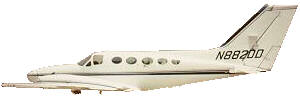 Some of twin parts are hideously expensive. I had to replace my windshield hot-plate someyears ago and was floored to discover that a replacement cost $5,000. Last time I looked,the price was up to $8,000. But that's nothing compared to a heated glass half-windshieldfor the Cessna 414 or 421, which cost $25,000 last time I looked!
Some of twin parts are hideously expensive. I had to replace my windshield hot-plate someyears ago and was floored to discover that a replacement cost $5,000. Last time I looked,the price was up to $8,000. But that's nothing compared to a heated glass half-windshieldfor the Cessna 414 or 421, which cost $25,000 last time I looked!
And it's not just windshields that are pricey. Replacement landing gear parts liketorque tubes, pushrods and uplock hooks also cost ten times what you'd expect.
In general, parts prices are most reasonable for parts that turn over quickly, andunreasonable for parts that don't move. (That's opposite of the way my professor taught methat supply and demand is supposed to work, but then he wasn't involved in aviation.)These pricey parts are the ones that don't require replacement very often-but when theydo, kiss your checkbook goodbye!
The thing to remember is this: although you may have purchased your"pre-owned" twin for $100,000 or $200,000 (or perhaps a good deal less if it wasan older model), that airplane would sell for $1 million or more if Cessna or Piper orAero Commander were building it today. And as far as the cost of parts and maintenance isconcerned, you own a million-dollar airplane. When a manufacturer sets its parts prices,you can be sure it doesn't pay any attention to what the airplanes are going for inTrade-A-Plane.
Reliability
In theory, a complex machine like my known-ice-equipped, turbocharged, twin-engineT310R should have a lot more problems than a simpler aircraft like a Cessna 182 (my firstairplane). The twin has so many complex systems...so many more things to go wrong. When Iopen up my aircraft at the annual and look at it with all its guts exposed, I'm sometimesamazed that so complex a machine works at all.
In practice, my experience has been the opposite. My 310 has proven itself to be themost reliable airplane I've ever owned. Everything works almost all tie time, andunscheduled maintenance has been almost nil. But many twin owners don't share my goodfortune, and some of the twins are real hangar queens.
The secret to reliability is uncompromising attention to preventive maintenance. Be ona constant lookout for the first signs of corrosion, chafing, leakage of fuel, oil orexhaust, changes in engine instrument readings, or anything that looks, feels, or soundsunusual. If you find a small leak or chafing problem at an oil change, fix it now-don'tput it off until the next annual.
If you need a reliable aircraft but aren't prepared to become compulsive aboutpreventive maintenance, you'd be a lot better off owning a simpler airplane.
Weather Flying
Flying in rotten weather is the time I'm most happy to be a twin owner. That extra tonof gross weight and "big airplane feel" inspires a lot of confidence when flyingin turbulence. The boots, hot props, and other known-ice gear helps me keep my cool whendealing with icing conditions. And having two engines is reassuring when flying over wateror inhospitable terrain, particularly at night or in IMC.
Although the second engine doesn't do much for speed, it definitely offers a big boostin the climb department. In cruise, the power from the spare engine is largely consumed inovercoming the twin's extra drag. But parasite drag varies with the square of airspeed, soat slower airspeeds (takeoff and climb) a twin has a big advantage in terms of excesspower available. This means that a twin often has the climb capability to escape adowndraft or get above an icing layer when a single might not manage very well.
When I first bought my T310R, I was really excited about having all that deicingequipment. But after flying it in all sorts of weather for nearly a decade, I've foundthat the utility of the deicing gear is greatly overrated. It isn't that the boots and hotprops don't work-they do-but that they are so seldom needed when flying a turbochargedaircraft. Turbocharging gives you such a wide choice of altitudes between the MEA and theservice ceiling that there's almost always an ice-free altitude to be found. I'd guessI've actually accumulated enough ice to use the boots perhaps a half-dozen times since Ibought the aircraft-and in none of those cases did I consider having the boots to be adecisive advantage (in most cases I was descending through an icing layer into warmer airthat would have melted the ice off anyway).
If you fly a lot of thunderstorms, weather radar is nice-and twins provide the radomearea and panel space for a first-class radar installation. You can put radar in a single,too, but the small pod-mounted antenna reduces its range and resolution sharply. My 310has no radar, only a Stormscope, but so far it has done a great job of keeping me out oftrouble.
Runway Requirements
One of the downsides of flying a conventional twin (other than cost) is poor short- andsoft-field performance. My 310 is heavy (5500 pounds), lands fast (92 knotsover-the-fence), and has barely-adequate brake capacity.
For the first several years after I bought the 310, I avoided any airport with lessthan 4,000 feet of hard-surfaced runway, and I'd advise other new twin pilots to do thesame. The problem isn't landing-it's takeoff. On takeoff, 4,000 feet is barely long enoughto allow a 310 to accelerate to minimum safe single-engine speed, lose an engine, andpanic-stop without running off the end of the runway. With any less runway, losing anengine near rotation speed leaves you with no good options: not enough speed to fly on oneengine, and not enough runway to stop.
Even now that I've been flying the 310 for almost ten years, I'm extremely reluctant touse an airport shorter than 3,000 feet. Once in awhile, I'll operated out of an airport asshort as 2,500 feet, but only at extremely light weight (one person, minimum fuel). Eventhen, I am acutely aware that I'm taking a calculated risk-betting my life that an enginewon't fail during the takeoff roll-and I don't like that feeling one bit.
When flying singles, I always felt comfortable landing at dirt strips and even on dirtroads, particularly in Mexico. In the 310, I feel pretty much limited to tarmac. Theairplane is too heavy and the landing gear too fragile for me to operate comfortably on anunpaved runway. Even parking on the grass (as at Oshkosh) makes me worry about sinking inand getting stuck.
Recurrent Training
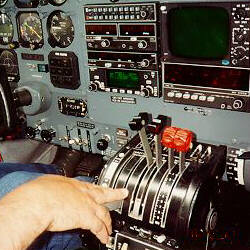 It's not easy to achieve and maintain proficiency in a piston twin. Engine-out emergenciesare difficult to practice realistically in the airplane without jeopardizing safety, andengine cuts can be very tough on the engines, particularly in turbocharged models.
It's not easy to achieve and maintain proficiency in a piston twin. Engine-out emergenciesare difficult to practice realistically in the airplane without jeopardizing safety, andengine cuts can be very tough on the engines, particularly in turbocharged models.
For this reason, I strongly recommend simulator-based initial and recurrent trainingfor twin Cessna pilots. Excellent piston twin simulators are available at FlightSafetyInternational Simcom.
But this sort of training doesn't come cheap. My annual training contract atFlightSafety costs $4,200 a year (and goes up every year or two). Simcom is a little lessexpensive, but still quite steep.
I'm convinced that frequent simulator training is an essential prerequisite to operatea twin safely. If you have trouble justifying the expense, you'd probably be better offnot flying a conventional twin.
Insurance
When you first move up to a twin, you'll probably find it difficult to get insurance.No matter how many ratings or accident-free hours you have, underwriters are reluctant toinsure you in a twin until you have at least 500 hours total time and 50 hours in type,and tend to charge painfully stiff premiums until you have a few hundred hours in type.
The accident statistics explain why. Pilots with less than 1,000 hours total flighttime or 100 hours in type are far more likely to have a serious accident than pilots withmore experience.
So in addition to budgeting extra cash for an expensive catch-up annual during yourfirst year of twin ownership, plan on setting aside extra money for extra steep first-yearinsurance premiums.
A recurrent training contract with FlightSafety or Simcom is usually very helpful insecuring a lower insurance premium. Underwriters love pilots who undergo regular simulatortraining. Some even require such training before they'll insure you.
If You Decide To Take The Plunge
Despite the fact that a light twin is expensive to operate and maintain, difficult toinsure, not particularly fast or particularly good at hauling big loads, and notdemonstrably safer than a high-performance single, you might turn out to be one of thosestubborn folks who decide to purchase one anyway. If you do, be very careful about whichairplane you buy. If you wind up with a lemon, it's likely to be one of the most painfulmistakes in your aviation career.
Do yourself a favor by looking at lots of airplanes before you decide to buy one. Trynot to be influenced by cosmetics like paint and interior-it's what's under thefloorboards and inside the nacelles that really matters.
Buy the cleanest, latest-model airplane you can possibly afford. Early 310s and Aztecsand Travel Airs can be purchased for a song, but may easily turn out to be a disastrousmoney pit.
Don't hesitate to buy a twin with high-time engines, assuming the price is right. Ifyou buy a runout airplane and overhaul the engines yourself (or replace them with factoryremans), you'll know exactly what you've got. Beware of buying a twin with low-timeengines unless they are factory remans or were overhauled by a top-notch shop likeMattituck or RAM. If the seller overhauled the engines with the intention of selling theairplane, the overhaul might well be questionable.
Before you plunk your money down to buy a twin, talk to your insurance agent and makesure you can get it insured. Find a good A&P/IA with lots of experience on yourparticular model and have him go over the airplane with a fine-tooth comb. Plan onspending $1,000 or so on the pre-purchase-it'll pay for itself many times over. Anddespite that thorough pre-purchase inspection, be prepared to spend a bundle-$10,000 orso-on the first couple of annual inspections to get the airplane totally up to snuff.
Do all that and you can expect years of rewarding twin ownership, with a minimum ofunpleasant surprises.
The Skymaster: A Different Twin
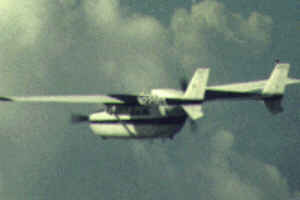 Adiscussion of twin ownership wouldn't be complete without mentioning Cessna'sunconventional twin, the Model 337 Skymaster. Much of what we've said about thewing-mounted twins applies to the Skymaster, too. It's not particularly fast or roomy,can't carry a great deal of payload, and is costly to operate and maintain.
Adiscussion of twin ownership wouldn't be complete without mentioning Cessna'sunconventional twin, the Model 337 Skymaster. Much of what we've said about thewing-mounted twins applies to the Skymaster, too. It's not particularly fast or roomy,can't carry a great deal of payload, and is costly to operate and maintain.
In fact, the Skymaster is one of the most maintenance-intensive airplanes that Cessnabuilt. It combines one of Continental's most problem-prone engines (the IO-360), a complexlanding gear system (from the early 210), a poorly-designed electrical system, and someoddball systems like motorized cowl flaps. Unlike most wing-mounted twins, the Skymasteris not easy to work on, and its engine compartments are particularly tightly packed.
But the Skymaster is an absolute delight to fly, and does things that no other twin cando. It's a superb short- and rough-field airplane. It has no Vmc problems, and so is idealfor pilots who don't fly a lot and can't justify the costly recurrent training demanded bya conventional twin. And it has the best engine-out performance of any piston-poweredlight twin.
If you're looking for twin-engine redundancy but put off by some of the disadvantagesof conventional twins, the Skymaster is definitely worthy of consideration.
|


